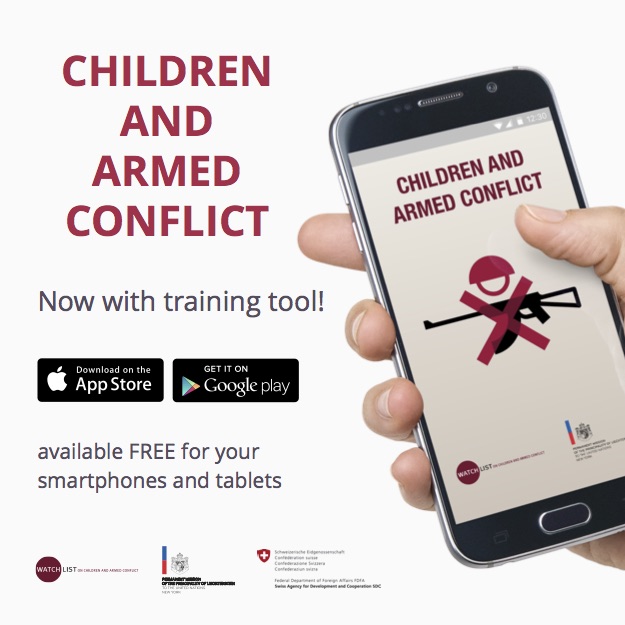On 16 August 2013, the Security Council Working Group on Children and Armed Conflict adopted its conclusions on Myanmar. The Working Group is currently undertaking a Field Visit to Myanmar (1 – 4 December) which will provide an opportunity to review progress in implementation of the conclusions with the Government of Myanmar, and members of the UN Country Task Force on Monitoring and Reporting.
The Field Visit is a relatively new tool used by the Working Group. In 2010, the Working Group made its first Field Visit to Nepal, under the Mexican Chairmanship. In 2011, a German delegation visited Afghanistan, in its capacity as Chair of the Working Group. Since the costs of the Working Group field missions are covered by the participating missions, rather than the Secretariat, participation has been low in the previous two field visits. Attendance in the current visit is higher than in the previous two. Since 2009, Watchlist on Children and Armed Conflict has been consistently promoting the use of Field Visits, one of the tools of the ‘Toolkit’ available to the Working Group.
With regard to Myanmar, Watchlist on Children and Armed Conflict had made specific recommendations to the Working Group in its Monthly Updates. In particular, Watchlist had highlighted the need for the Government to allow United Nations access to non-state actors, a long-standing issue in Myanmar, and Watchlist had called for dissemination of action plan commitments to the civilian population, a key factor in the success of action plan implementation identified in Watchlist’s discussion paper on action plans. These points were taken up by the Working Group in its conclusions as reflected above. Watchlist Associate Member Child Soldiers International participated in a pre-mission briefing of the Working Group. In a press release, Child Soldiers International calls on the Government of Myanmar to step up its efforts to end the ongoing unlawful recruitment of children into its army.
In December, the Working Group is also set to adopt its first conclusions on Yemen. These will be the first conclusions adopted since Al-Houthi rebels and Pro-Government tribal militias active in Yemen were first listed for recruitment and use of child soldiers in the Secretary-General’s 2011 Annual Report. The first Report of the Secretary-General on the situation of Children in Armed Conflict in Yemen was published on 28 June 2013. If adopted in December, it took more than five months from the publication of the report to adopt the conclusions, though actual negotiation time was likely less than that. Currently, average negotiation time still exceeds the target of two months. To ensure meaningful follow-up of situations, the Working Group must continue to increase its pace of adopting conclusions.



